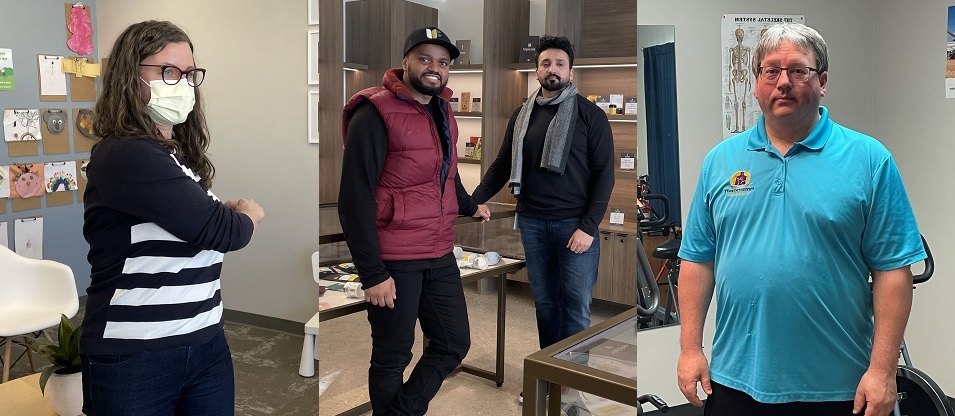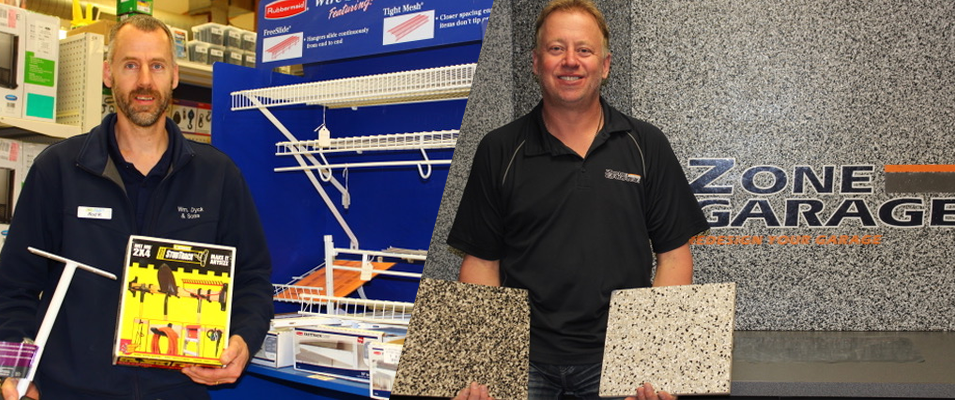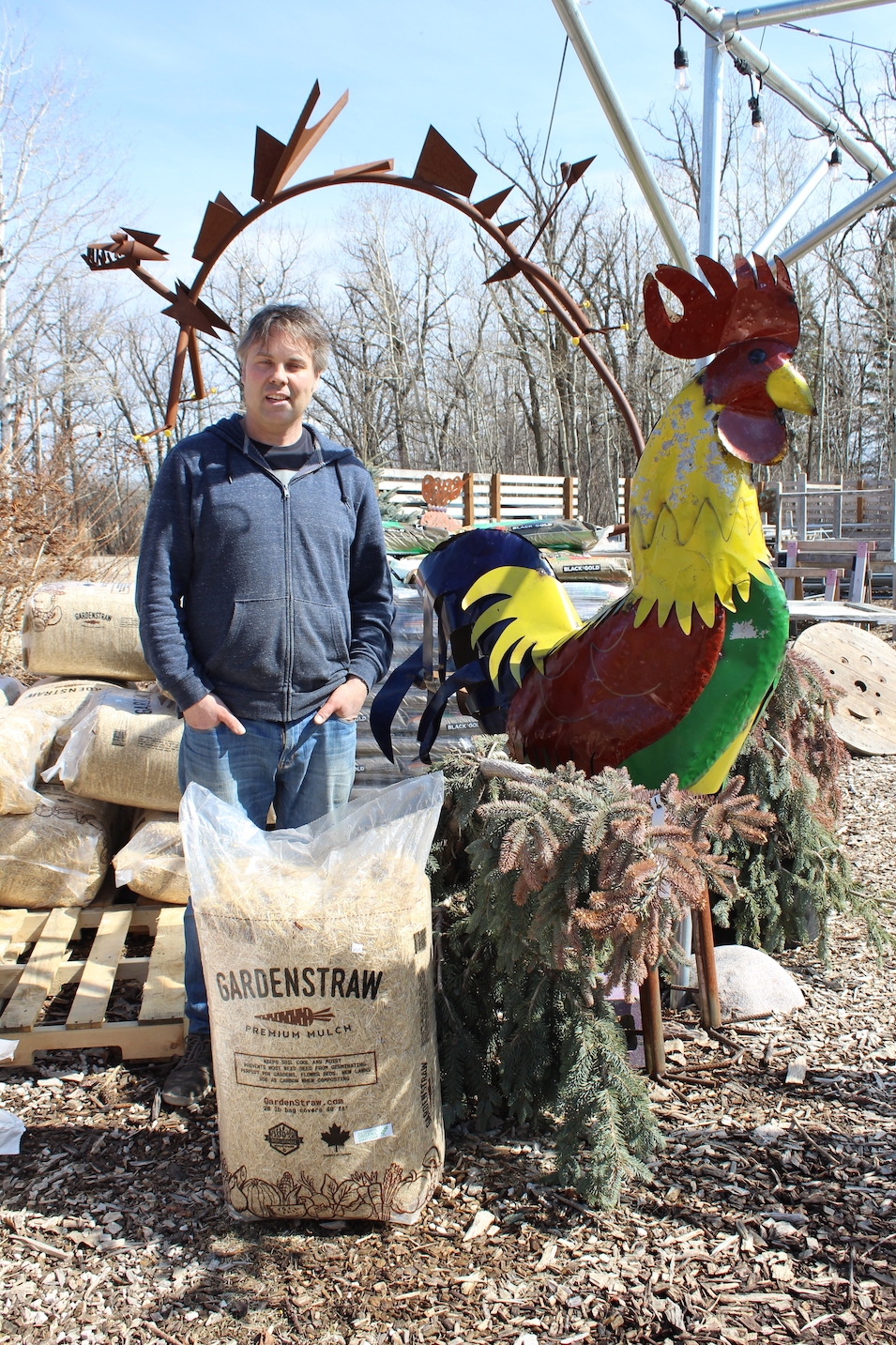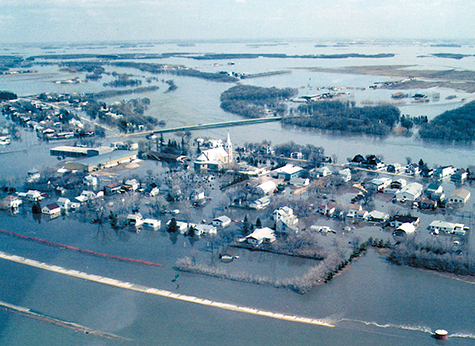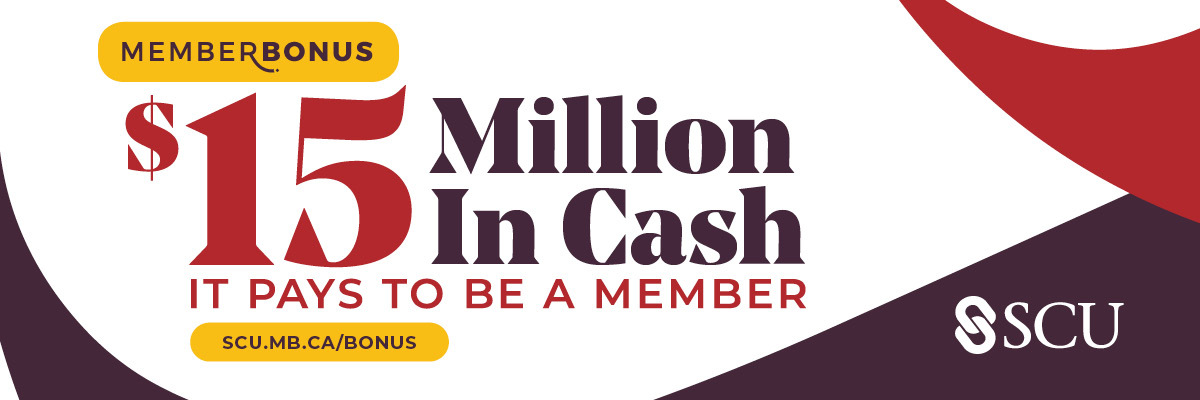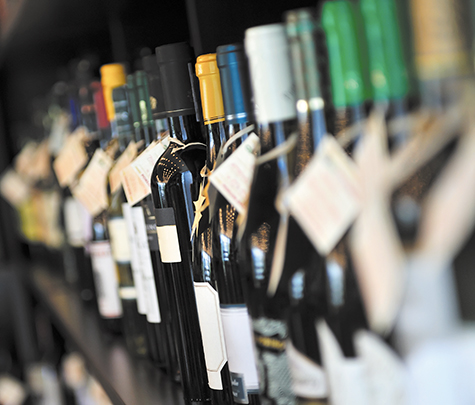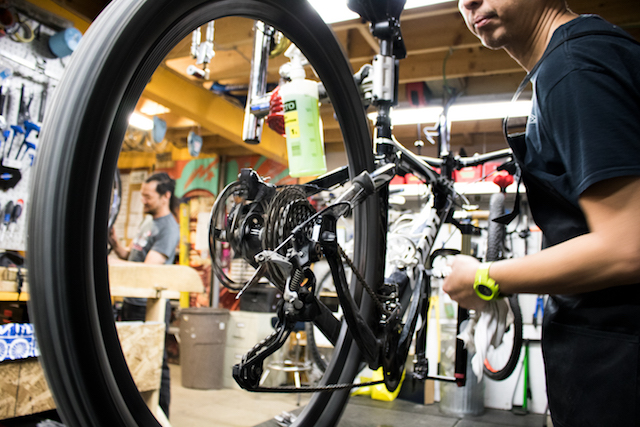
Riding our bicycles evokes a therapeutic feeling of freedom. Many of us have memories of what it felt like to grasp the handlebars for the first time and spin our wheels on the street or in a local park. This feeling should happen each and every time you get on the saddle and start riding.
However, this enjoyable experience can quickly deteriorate and turn into frustration if your bike isn’t operating the way it should. Expert bike technician Max Robert-Betzold, at Woodcock Cycle Works, offers some tips on how to keep your bike running like new, for longer.
Prevention is a key factor. Bike maintenance doesn’t have to be complicated. In fact, utilizing simple preventative steps will go a long way to ensuring that your bike is performing at its peak. The key is to take the time before or after each ride to make sure everything is running properly.
Keeping your bike clean is one way to protect your investment. Make sure you aren’t pushing dirt and dust through your bike’s components, as this creates unnecessary wear and tear. Wipe down all dirty and gunked-up components with a rag and degreaser or light soap.
Cleaning your bike with a pressure washer is easily one of the quickest ways to remove heavy dirt and dust. However, this is also a quick way to decrease the lifespan of the mechanical components that rely on bearings. When pressure washing your bike, avoid the wheel hubs and bottom bracket, the area at the bottom of the frame that houses the bearings for the pedal crank assembly. By forcing water or air into these components, you will be removing the necessary grease that is essential to their smooth operation.
Keeping the chain lubricated is another key detail that a lot of people overlook. The chain is integral to your bike’s performance and shouldn’t be neglected. Get in the habit of checking to see if your chain is dirty or dry. If it is, clean and dry it before heading out on your ride. When applying lubricant, it is better to apply generously and wipe off the excess.
Flat tires are an annoyance, but you can usually diagnose the reason for the flat tire and prevent it from happening again. When you do get a flat tire, always look for the culprit. After removing the tube, inflate it a little bit to find out where the air is escaping. If you find two holes around the outside of the tube, it was likely pinched between the rim and the road. This is called a “pinch flat,” and is the result of low tire pressure. If you find a single hole, inspect the tire and look for debris like glass or other sharp objects stuck in it. Be thorough with your inspection. Pieces of debris can be small.
Getting into the habit of checking over your bike frequently often means fewer trips to the bike shop for repairs and maintenance. However, some issues require expert attention and specialty tools. If you find something significantly wrong with your bike, or your bike is due for a little extra love, don’t hesitate to book an appointment with the experts who really know bicycles.





